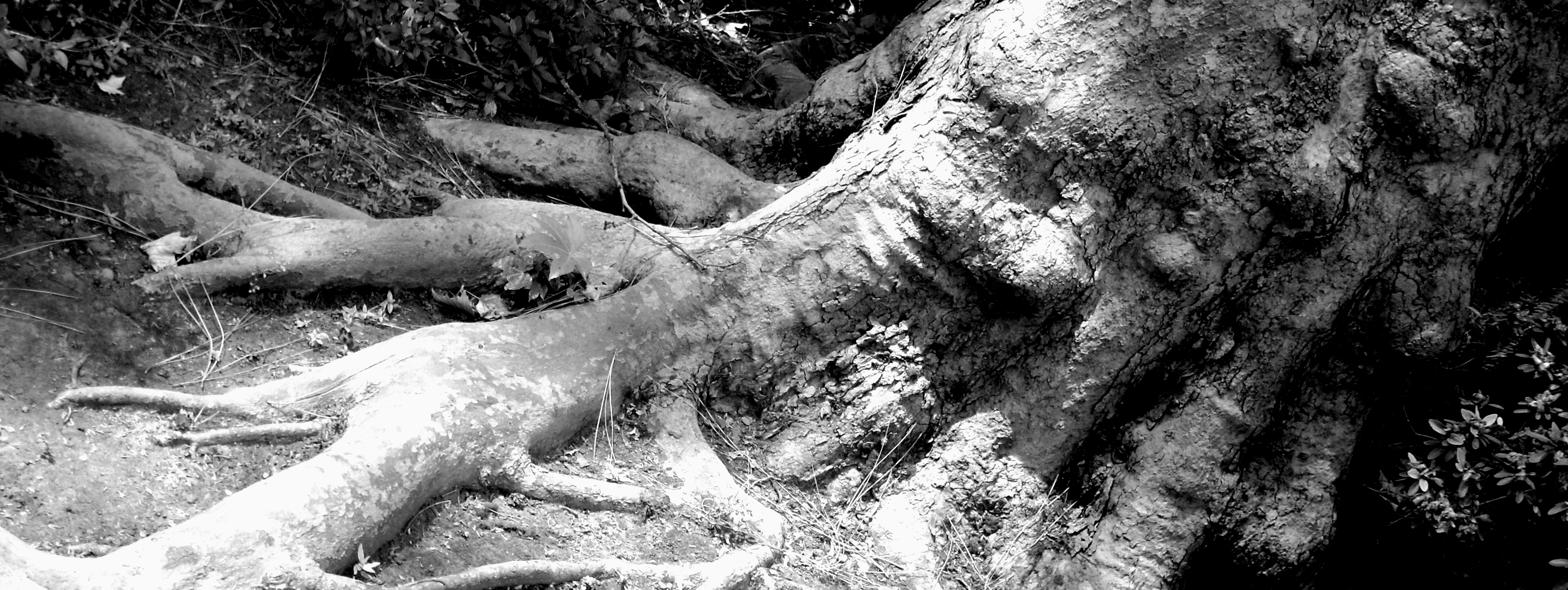Originally just called “Lava Beds,” posted on Blogster on 5/11/09, slightly changed
I suspect every town has it’s local legends. Important bits of history, really, that the rest of the world has managed to forget, that never made it through the ages. My home town has a few, not very famous, so we have, to a certain extent, co-opted the Lava Beds and the Lava Beds War.
The Lava Beds National Monument is located in Siskiyou County, CA, and I grew up only a few hours from there. Actually in Modoc County. The area is a result of the volcanic activity from the Medicine Lake shield volcano, which is actually the largest shield volcano by volume in the Cascade range. Medicine Lake Volcano has been dormant for about a thousand years. Run by the National Park service, the Lava Beds National Monument is on the northeast side of the volcano, and shows off some of the more spectacular remnants of the area’s history. At the park, visitors can explore several caves, the result of complete and collapsed lava tubes.

Though I lived up there for years, I never really went to the Lava Beds, though my parents took me and my brothers once when we were small. Our flashlight wasn’t strong enough to actually see the caves that time, so we just scrambled happily over the surface rocks. So, last week, I dragged a friend of mine all the way up north and went to see it again–always wanted to be a splunker.
It wasn’t a traditional “nice day.” The wind was up and the sky overcast, and it was not much warmer than inside the caves. From 139, the park is about a 16 mile drive, 12 miles through the Modoc National Park, on a rather less than well-maintained road. It feels like it must have been forgotten, and although it has obviously been patched, there are still great gaping holes in the asphalt. Even though the park is open all year round, this road may not be, as it it doesn’t get winter maintence. The park, though, seems to be better funded than the national forest. Once you cross the border the road is much nicer. Then you have to drive to the visitor’s center to pay for a week pass, but it’s only ten dollars. Most of the caves are arranged around a main drivable “loop.” Unfortunately most of the easy caves are off of the main loop, and a further drive.
Because my friend and I aren’t even hikers–and even forgot our hardhats, we went for the easy caves. Naturally, the first one we chose was the Sentinel Cave, which is one of the few, or only, caves open to visitors with two entrances. It was actually a fairly easy walk, but the Lava Beds Park is in the high desert, so between the elevation of 4000-5700 feet above sea leve and the dry air, so it was quite a workout. Anyway, though the trail was fairly clear, one is apparently allowed to try the other branches (which we didn’t), but just because there was a trail, it was still rough. Lava caves aren’t like caves in limestone, there were lots of loose rocks and boulders, and some really steep steps. It was also REALLY DARK. Very dark. So there wasn’t much walking and looking at the scenery at the same time. You can watch where your feet are going, or see what the cave looks like. And once we made it through, we went back a second time.
Pictures really don’t do it justice, at least not with my camera. This is as close as I could get.

After Sentinel Cave, we walked the 3/4 mile to Big Painted cave and a little farther to Symbol Bridge…well, I dashed over to Symbol Bridge for a quick look. I’m glad I did, because the cave painting (to me) was far clearer than at Big Painted Cave. I’m still not sure I saw anything at the there, and barely anything at Symbol Bridge. But it did remind me that people actually lived there, and travelled there, even though it’s fairly desolate.
The Lava Beds don’t just have cool caves, the area was the site of the Modoc War. Anyone remember that? Don’t feel bad, I had a history professor who’d never heard of it either. At any rate, at the time, 1872-1873, it was in all the papers. It was the only major “Indian” war that was fought in California, and it was the only time that a US general in the regular army was killed in battle (Custer doesn’t count because he wasn’t a general when he died. So there–yeah, I don’t get it either). The US government forced the Modoc tribe to a reservation with the Klamath tribes, ignoring the old rivalries–which of course flared up again. So “Captain Jack,” or Kintpuash (one spelling) led a group of his people to their old home, but the government aimed to force them back to the reservation. Instead, they fled to the Lava Beds, where for more than six months 60 Modoc warriors held off ten times their number of US troops. Eventually, Captain Jack was betrayed, and he and several of his top warriors were hung.
The tribe gave it’s name to the county, and the general gets a little unincorporated town–Canby–with barely a few hundred people. Oh, and a cross…on a hill.
It can be hard to find information on the war so here are a few links:
Lava Beds National Monument Official Page
with a free book on the Modoc War, and a brochure(pdf).



